
The 2015-2016 El Niño will go down as one of the strongest on record, and also, thanks to El Niño Rapid Response Campaign, one of the best observed.
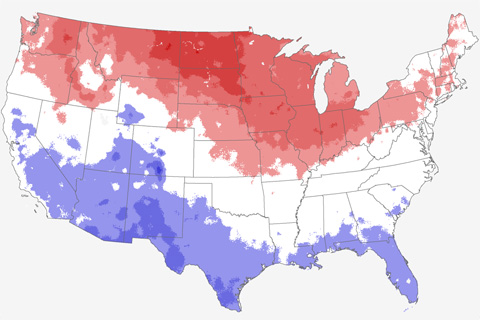
Is El Niño the Marcia Brady of climate variability? In this week's Beyond the Data blog, Jake Crouch talks about whether El Niño played a starring role in this winter's climate.
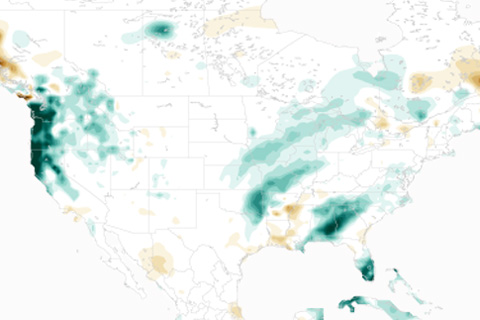
Where are my El Niño impacts?!
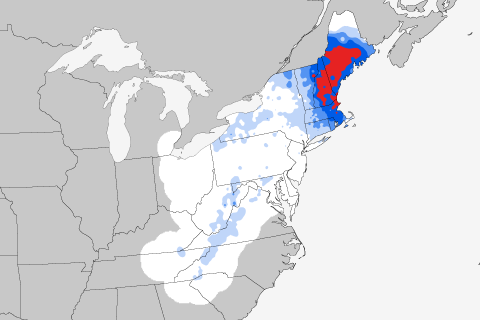
If you're thinking of bemoaning today's weather, comfort yourself with some history: today's the anniversary of the most severe Northeast snowstorm in the historical record. Guest blogger Mike Squires talks about how the February 22-26, 1969, snowstorm ranks head and shoulders above any other storm to hit the region since records began in 1900.
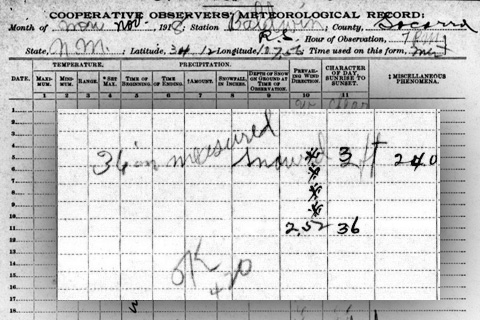
When deciding if a snow event qualifies as a federal disaster, FEMA considers, among other things, how the event compares to previous snowstorms in the historical record. After spending a week going through those records, NECI's Deke Arndt talks about why snow can be the most difficult kid in the climate schoolroom.
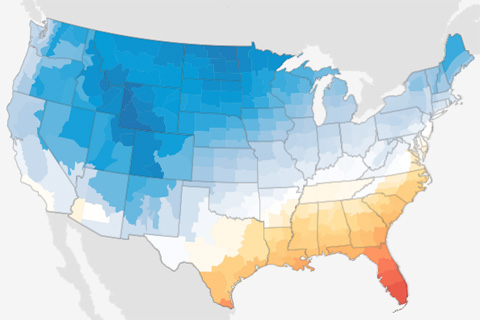
In the midst of the mega snowstorm bearing down on the East, NCEI's Deke Arndt looks longingly back at December's warmth in his latest Beyond the Data blog.
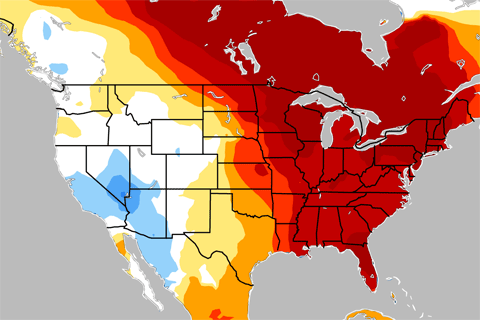
Was El Niño to blame for the above-average temperatures during November and December 2015? As always, the answer is not that simple.
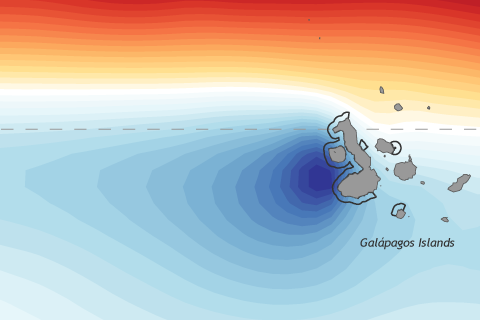
Few places on Earth are more strongly affected by El Niño than the Galápagos Islands, which straddle the equator in the eastern tropical Pacific. Guest blogger Kris Karnauskas explains why these unique islands are so biologically productive—and what happens to that productivity during El Niño.
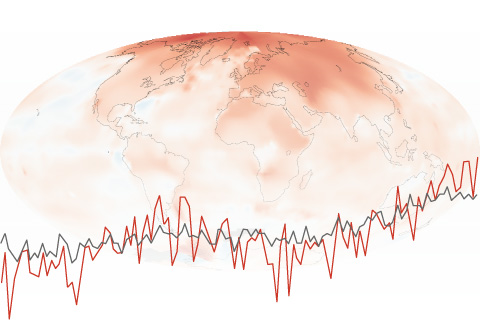
This week, Beyond the Data looks at one of the more well-grounded “rules of thumb” for understanding climate change: cooler "things" are warming more quickly than warmer things.
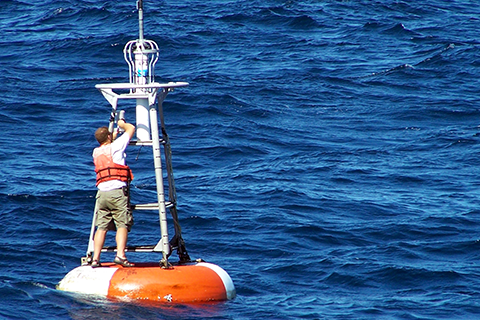
With multiple sea surface temperature datasets come questions. What are they all for?